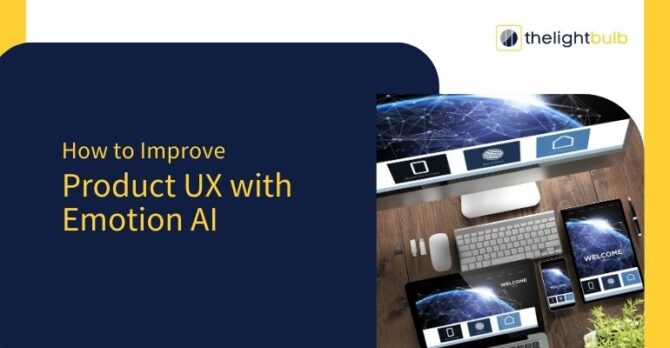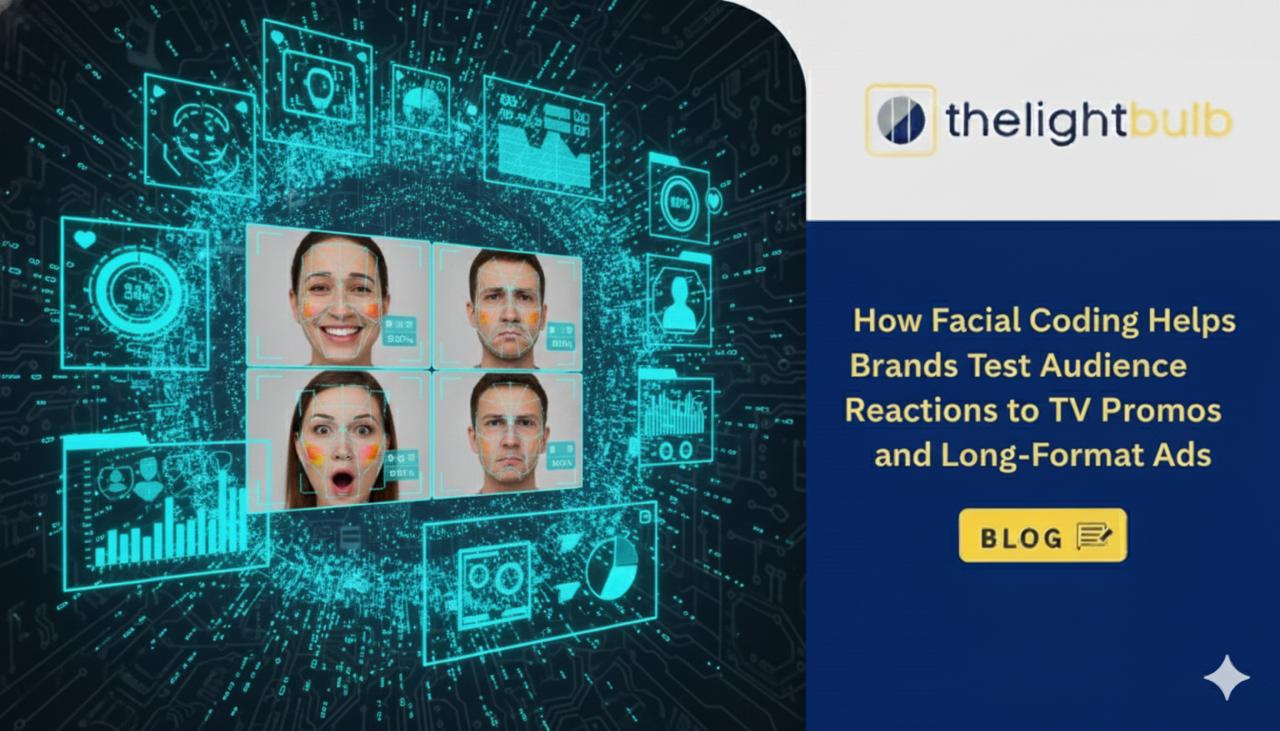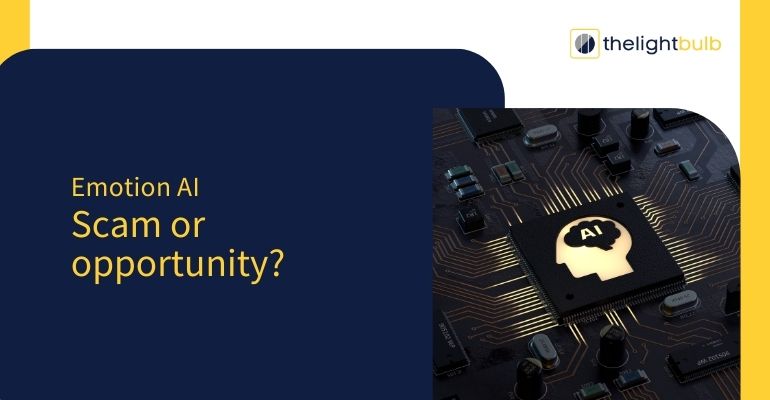
As businesses adapt to their digitally native customers, they realize the importance of removing friction from their digital products to optimize for better conversions. User experience plays a pivotal role in understanding your customers and creating a positive experience for them.
An interesting statistic from the book “How Customers Think: Essential Insights into the Mind of the Market”, written by Professor Gerald Zaltman from Harvard reveals that about 95% of purchase decisions are made subconsciously based on how you feel, and therefore eliciting a positive emotion in your customers through a frictionless product UX is directly linked to the revenue of your business.
Interestingly, a high percentage of brands overestimate the user experience they offer to customers and lose out on massive opportunities. A survey conducted by Bain and Company revealed that around 80% of the CEOs believe that their digital products offer a good user experience, but unfortunately only 8% of them were right.
And that’s because conventional feedback methods like polls, surveys, and focus groups hardly have any insights about the emotions of their prospects. They’re just free choices made in a completely different environment. And that’s ineffective because “what people feel often contradicts what they say” says Professor Gerald Zaltman.
But how does one capture emotional insights from customers?
Well, that’s where emotion AI steps into this conversation.
Emotion AI for Enhanced Insights
Emotion AI is a sub-section of AI that can detect, decode, internalize, and react to human emotions through biometrics, facial expressions, and voice patterns. It can detect a huge array of negative and positive emotions like happiness, interest, surprise, sadness, excitement, and disgust and correlate them to real-time instances. Combining insights from emotion AI with techniques like eye-tracking can easily reveal the exact sections of your website or app that create friction and you can share these insights with the UI/UX designer to work on these sections.

This can drastically improve conversion rates for businesses and user experience for the customers. That’s extremely important in the modern digital business ecosystem where customers live and breathe on the internet. Eliciting negative emotions through bad product UX is a financial setback for the business.
Emotion AI feeds on huge datasets to create models for real-time processing. The more data is fed into the emotion AI system, the more insights, patterns, and models it has to accurately detect emotions and convert them into actionable insights. These models operate on real projects and evolve on the go. Machine learning enhances their ability to learn and adapt to new scenarios. The ability of machines to perform billions of discrete transactions at unimaginable speeds makes them highly accurate and reliable for processing huge datasets and churning out insightful statistics.
According to a survey conducted by Salesforce, 66% of customers expect companies to understand their needs and expectations. And with emotion AI, brands can leverage emotional insights to understand what’s working for their website/app and what isn’t and then coordinate with product designers to remove friction and create a product that’s tailored to your customer’s needs.
Brands like Tesla have thoroughly implemented emotion AI into their products to make them safer. In 2017, a Tesla Model S ran over a cyclist while on auto-pilot mode because the driver fell asleep at the wheel. Tesla immediately installed specialized software on the onboard computer that would monitor the facial expressions of the driver while on autopilot mode and would stop on the side as soon as it detects that the driver is asleep.
Kellogg’s, Disney, Microsoft, Google, and Facebook are some of the prominent brands that have incorporated AI heavily into their systems to make them more efficient.
Emotion AI captures new insights from every interaction between the customer and the product on the interface level and condenses these interactions into insights that are easily digestible. A product designer or a UI specialist can use this data to make specific changes to the system UI and improve the UX.
A closer look at the role of emotion AI in understanding your customers reiterates the importance of AI-based insights in product UX optimization.
How to actually use Emotion AI to improve Product UX?
- Surveys and polls conducted through conventional avenues like doc forms and standalone applications don’t account for the dynamic emotional heatmap of the customers during their interaction with UI elements and therefore fall short in solving the core issue when it comes to the product UX.
- What you can do instead is, you can use an emotion AI-based platform like Lightbulb (more about that towards the end), which utilizes webcam-based facial monitoring frameworks, and powerful speech processing algorithms to analyze the interactions of the participants and facilitates real-time monitoring of user emotions. It also highlights important emotional interactions and turns them into actionable points that can be worked upon by a UX designer.
- A survey conducted by a UX designer with 30 respondents using an emotion-AI-based platform offered a holistic view of all the respondents and highlighted strong emotions felt by the respondents. The UX designer was able to optimize the website of the prospect which boosted the conversion rates by 5%.
- It’s really important for a UX designer to see the user’s eyes, see their reaction to certain elements, and interact with them to dig out the exact problem they’re having with the product. emotion AI condenses all of that in one package and makes it easier for the designer to see, understand, and implement the insights into the design.
- It can help you with focused analysis of real-time data from the product itself to pinpoint the exact problem that creates friction. It will analyze real-time interactions on the website or the app and highlight sections of the product that need change. So, instead of telling your UX designer that “something” is wrong with the product, you can point to the exact sections that need work. This saves a lot of time, effort, and cost for you.
- Emotion AI can make A/B testing of your product easier by incorporating emotional insights. By tracking user emotions for all the impressions for the visuals, UX designers can pick the right visuals to boost conversion rates and turn negative impressions into positive ones.
Benefits of Using emotion AI
1. Atomic Insights
Emotion AI facilitates richer, clearer, and sharper insights for businesses that can be worked upon and boost the conversion rate of the business. emotion AI can track the real-time emotions of the user and map the change in emotions as the user moves from one UI element to another. This works exactly like edge detection, as soon as the color intensity of the pixel changes dramatically, the system identifies an edge in an image. Similarly, when there’s a dramatic curve in the emotional heatmap of the user helps the system detect sections with problems.
2. Natural Human-Machine Interface
The Yellow line of the São Paulo Metro in Brazil uses emotion AI to monitor passengers’ emotions and show them personalized adverts to make them feel better. This creates a positive outcome for both the business and the consumer and helps them create a more natural machine-human interaction. This can be implemented across all products and services in the digital domain where emotion AI can make social media, e-commerce, and entertainment platforms more inclusive, personalized, and positive user experience for the users. emotion AI can also facilitate a dynamic design and product framework customizable based on the user’s emotional state.
3. Enhanced Customer Experience
When a customer has a pleasant experience with your digital product, they reciprocate by being loyal to the brand. They become brand advocates and attract new customers through word-of-mouth marketing. The entire premise of emotion AI is based on maximizing positive emotions and minimizing negative emotions. And that is not only productive for you as a business, it positively alleviates the emotional graph of your customer, calling for a better customer experience.
4. Positive Health Benefits
Emotion AI works towards reducing negative emotions in customers and prospects. Research suggests that compounding negative emotions can deteriorate the physical and mental well-being of an individual. Efficient regulation of negative emotions is pivotal for a healthy body. UI elements that instigate negative emotions are easily identifiable using emotional insights through emotion AI.
Eliminating friction from UI directly affects the frequency of negative emotions. Businesses can leverage sample groups and minimize the possibility of negative emotions on a greater population through A/B testing. With emotion AI, a brand ensures a positive impact on business output along with the customer’s health.
About Us

Lightbulb.ai is an engagement analytics and emotion AI platform that develops real-time emotion AI and engagement analytics tools for remote interactions on the interface level. It uses proprietary ML models for computer vision, speech transcription & audio-data mining to produce smart emotional insights for businesses and helps in creating better UX for customers. It is browser-based and can be integrated with any system through in-build APIs and SDKs without any VC tools whatsoever.
To know more about us, visit www.thelightbulb.ai, or if you are a business owner and want to leverage emotional insights to enhance your customer experience, you can book a call with us. We would love to carry this conversation forward!












